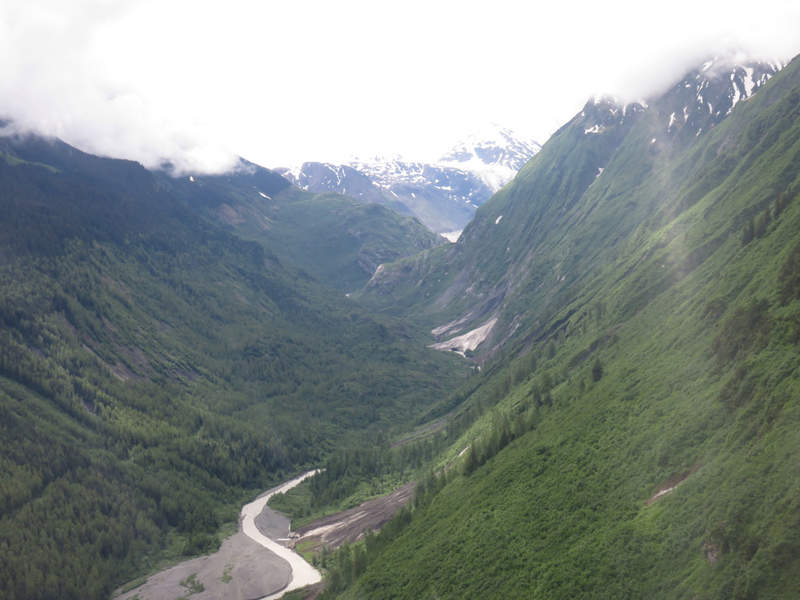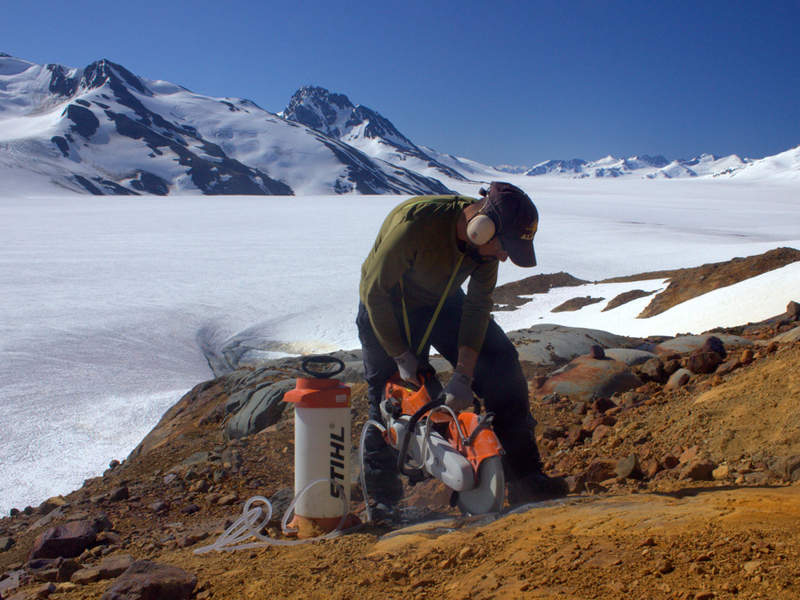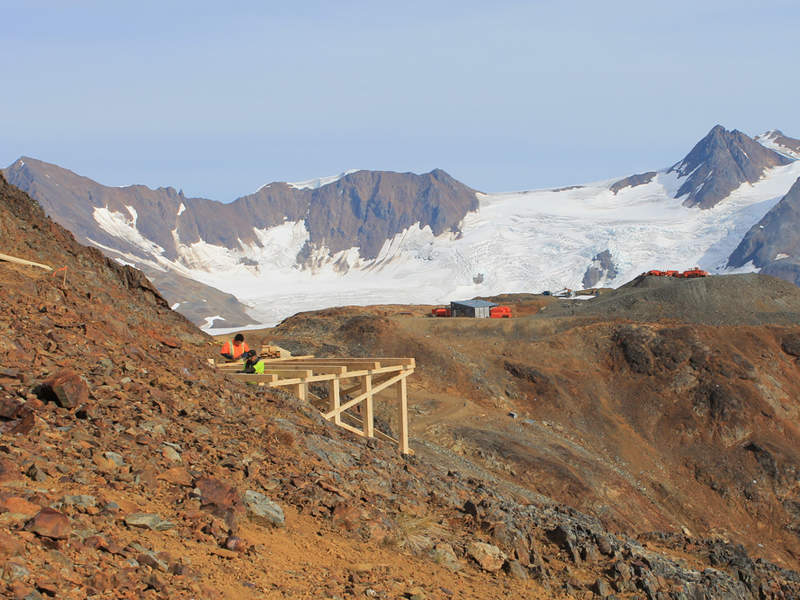The Red Mountain underground gold project is a high-grade, underground gold/silver mine being developed in Canada by IDM Mining. The project is located 15km east of Stewart in British Columbia, Canada.
IDM Mining acquired the Red Mountain gold project from Seabridge in May 2017. The environmental impact statement of the project is currently in the review phase and a decision on the same is expected by Q3 2018.
The updated feasibility study on the underground gold project is expected to be completed by the second half of 2018. The mine is expected to commence production by 2020.
The Red Mountain mining project is expected to produce 430,000oz of gold and 1.18 million ounces (Moz) of silver during its anticipated production life of six years. It is expected to create 865 jobs during construction and 283 jobs during the operational phase.
Red Mountain geology and mineralisation
The mine is located to the north-west of British Columbia, west of the Cambria Ice Field and north of the Bromley Glacier within the Nass Wildlife Area.
The mine lies near the western edge of the Stikine terrain in the Intermontane Belt. It comprises middle and upper Triassic clastic rocks of the Stuhini group, lower and middle Jurassic volcanic and clastic rocks of the Hazelton group, and upper Jurassic sedimentary rocks of the Bowser Lake group.
Gold and silver mineralisation is hosted within tabular north-west trending and south-west dipping iron sulphide stockworks with pyrite being the predominant sulphide.
The stockwork zones are made up of pyrite microveins, coarse-grained pyrite veins, irregular coarse-grained pyrite masses and breccia matrix pyrite stored in sericite altered porphyry.
The pyrite veins hold gold grades between the range of 3g/t and 100g/t. Gold occurs as native gold, electrum, petzite, gold tellurides and sulphosalts.
Red Mountain project reserves
The Red Mountain gold mine is estimated to contain measured and indicated reserves of 2.07 million tonnes (Mt) containing 8.75g/t of gold and 24.8g/t of silver. The total inferred reserves are estimated to be 0.32Mt containing 6.21g/t of gold and 10.1g/t of silver.
Mining at Red Mountain gold project
The project includes four mineable mineralised zones namely Marc, AV, JW and 141. The thickness of the deposits ranges between 2m and 40m.
The deposits will be accessed through two portals, one existing portal located 1,850m above sea level and a second planned portal located 1,650m above sea level.
Mining methods planned to be used at the project include sub-level long hole stoping for steeper dipping zones comprising approximately 63% of the reserves, and cut and fill for shallower dipping areas comprising 33% of the reserves.
Both methods will use waste rock and cemented backfill wherever necessary. The underground mining operation will produce approximately 1,045 tonnes per day (tpd) of ore using a blend of mining methods.
Ore processing at Red Mountain
Run-of-mine ore will be transported by road using trucks to the 1,000tpd process plant at Bromley Humps in Bitter Creek valley.
The ore will be crushed in a three-stage crushing unit and forwarded to a two-stage grinding circuit. The ground ore will then be thickened and transported to a carbon-in-leach (CIL) unit comprising eight tanks. The leached ore will then pass through an electro-winning circuit to produce gold and silver doré.
The resultant tailings will be pumped to the tailings management facility located adjacent to the processing plant.
Infrastructure facilities at Red Mountain
On-site surface facilities at Red Mountain project will include an administration office, mine operations office, emergency facilities, warehouse facilities, mine drying and maintenance shop. A temporary construction camp will also be set up for the project at Stewart.
The site will also have a tailings effluent water treatment plant, water storage and distribution facilities, water management ponds and waste rock storage areas.
A 25kV power distribution line from the processing plant site to the upper mine portal will also be installed. The power required for the mine will be supplied through a 138kV transmission line connected to the BC Hydro power grid.
Contractors involved
SRK Consulting Canada and JDS Energy & Mining completed the preliminary assessment engineering study on the gold project.
ARSENEAU Consulting Services and an independent consultant jointly prepared the mineral resource estimate, while Knight Piésold completed the geotechnical site investigation studies.





